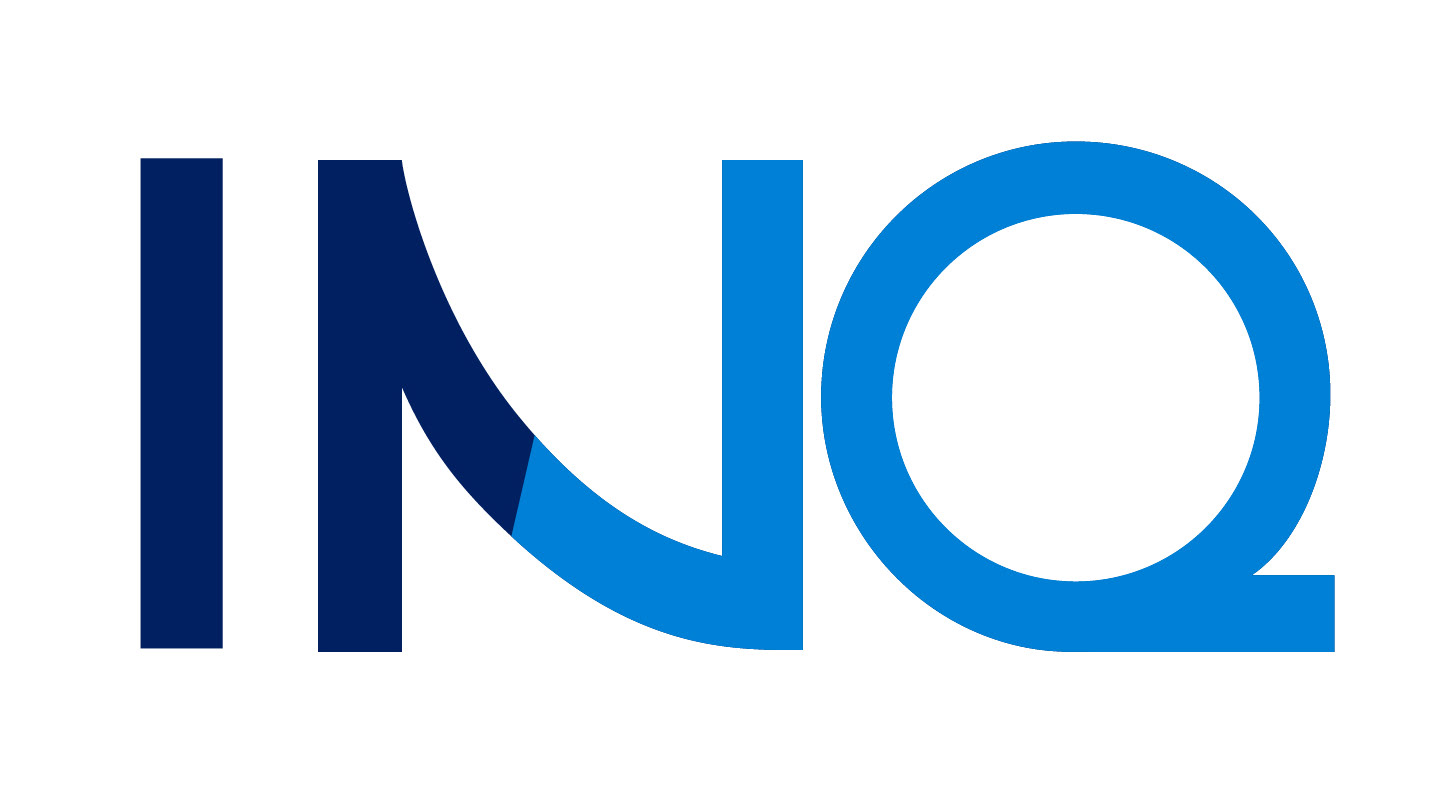팀버랜드의 부활: 전략적 리브랜딩
팀버랜드는 아이코닉한 '옐로우 부츠'로 유명한 글로벌 브랜드로, 1990년대 힙합 문화와 결합하며 패션 아이콘으로 자리 잡았습니다.
하지만 2000년대 초반 VF Corporation에 인수된 이후 아웃도어 의류 브랜드로의 확장에 집중하면서 정체성이 모호해졌고, 특히 아시아 시장에서 팬데믹 이후 매출이 11% 감소하는 등 브랜드의 매력도가 급격히 약화되었습니다.
브랜드 정체성의 혼란을 입증하기 위해, 소비자들에게 팀버랜드의 공식 홈페이지 배너를 보여주고 브랜드를 맞춰보는 실험을 진행했습니다. 그 결과, Polo Ralph Lauren, Tommy Hilfiger 등의 브랜드 광고 이미지와 쉽게 혼동되는 모습을 보이며, 팀버랜드의 브랜드 개성이 뚜렷하지 않다는 문제가 확인되었습니다.
팀버랜드는 친환경 및 아웃도어 시장으로의 다변화를 시도했으나, 새로운 대표 제품을 만들지 못한 채 기존의 '옐로우 부츠'에만 의존하고 있었습니다.
마케팅과 소비자 인식 간의 괴리가 발생하며 브랜드의 방향성이 흐려졌고, 팀버랜드만의 독창적인 브랜드 가치를 잃어버린 것이 가장 큰 문제였습니다.
Strategy
Timberland의 포지셔닝을 내부(브랜드 가치)와 외부(시장 및 소비자 인식) 관점에서 다각적으로 분석하며, 브랜드의 본질을 재정립하는 전략을 수립했습니다.
브랜드 핵심 가치 정립
브랜드의 유산을 현대적으로 재해석하여 Craftsmanship(장인 정신), Realness(진정성), Empowerment(자신감 부여)를 중심 가치로 설정했습니다.
소비자들이 Timberland를 단순한 패션 브랜드가 아닌, 진정한 라이프스타일 브랜드로 인식할 수 있도록 명확한 브랜드 메시지와 경험을 구축했습니다.
BI(Brand Identity) 디자인 개편
기존 로고의 비율을 유지하면서 서체를 모던한 산세리프(sans-serif)로 업데이트하여 전통성을 지키면서도 현대적인 감각을 반영했습니다.
시그니처 컬러를 업데이트, 기존 블랙을 대체하여 '옐로우 카키'(클래식 부츠 컬러)와 '다크 그레이'를 도입, 보다 세련된 브랜드 룩을 완성했습니다.
소셜 미디어 및 브랜드 커뮤니케이션 전략
소비자들이 팀버랜드를 더욱 친근하게 느낄 수 있도록, 소셜 미디어에서 팀버랜드 제품을 지칭할 때 널리 사용되는 "Timbs(팀스)"를 적극적으로 활용했습니다.
브랜드 내부적으로 팀 정체성을 강화하기 위해, 팀버랜드 직원들을 "Timb Builders (팀 빌더스)"라고 부르는 브랜드 컬처 요소를 추가했습니다.
Slogan
"One Boot At A Time" 은 'One Step At A Time'이라는 관용구에서 착안, 팀버랜드의 장인 정신과 진정성을 강조하며 브랜드가 소비자와 함께 성장해 나간다는 의미를 전달했습니다.
Phygital Experience 도입
디지털과 오프라인을 결합한 플래그십 경험 제공, 소비자가 매장에서 직접 디지털 툴과 소재 샘플을 활용해 자신만의 부츠를 커스터마이징할 수 있도록 설계하여 브랜드와의 개인적인 연결성을 강화했습니다.
Result
전략적 리브랜딩 이후, 팀버랜드에 대한 소비자 인식이 긍정적으로 변화했습니다.
평가위원 7명 중 4명이 발표 후 '팀버랜드를 다시 사보고 싶은 호감이 생겼다'는 반응을 보이며 브랜드에 대한 관심이 새롭게 형성되었습니다.
기존 팀버랜드를 알고 있던 업계 전문가들도 브랜드 핵심 가치가 명확해졌다고 평가했고, 브랜드 리브랜딩의 효과를 입증했습니다.
해당 프로젝트는 2023년 8월부터 미국 캘리포니아주 패서디나의 Art Center College of Design 메인 갤러리 및 Mullin Transportation Design Center에서 전시되며, 브랜드 전략 및 디자인의 성공적인 사례로 주목받았습니다.
